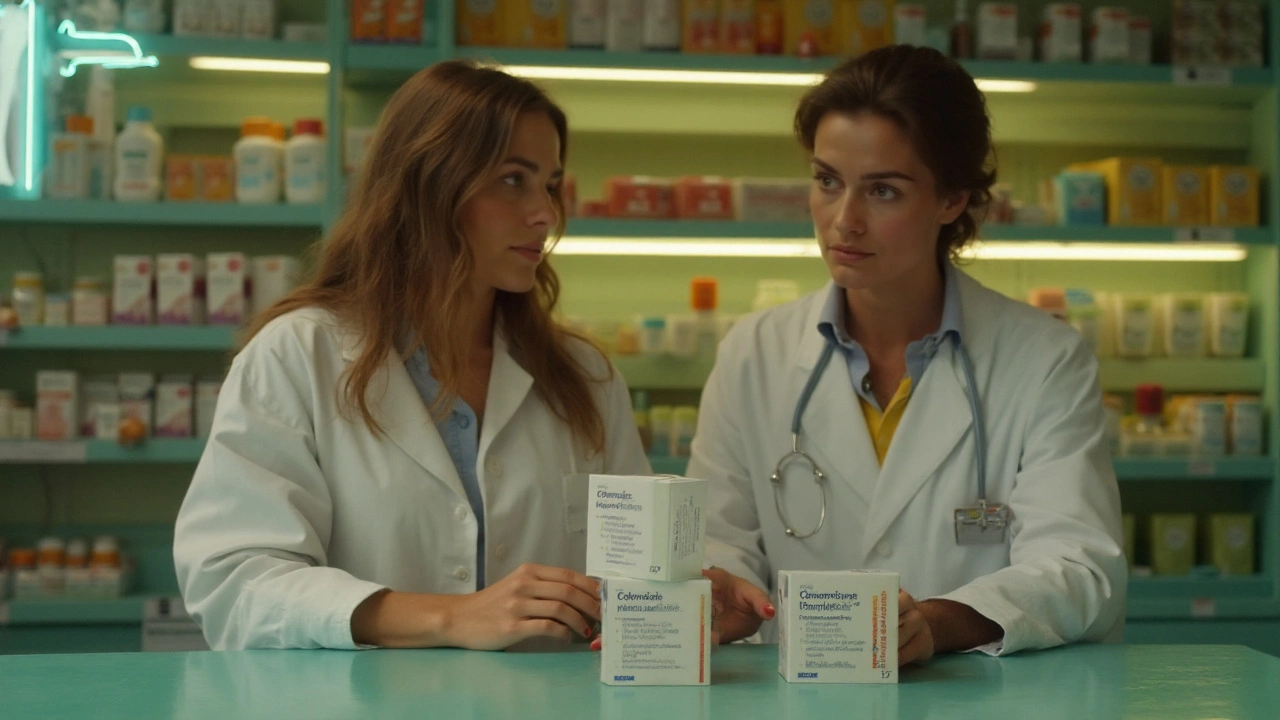Yeast Infection Treatment for Men – Quick Relief and Prevention
Got an itchy rash, burning, or odd discharge down there? It could be a yeast infection, also called candidiasis. It’s not just a women’s issue—men get it too. The good news? Most cases clear up with a few simple steps and the right antifungal.
Symptoms and Common Triggers
Typical signs include redness, a white‑ish crust, itching, and a burning feeling during sex or when you pee. You might notice a slight odor, but it’s usually not as strong as bacterial infections. Common triggers for men are tight underwear, sweating, recent antibiotics, diabetes, or a compromised immune system. Anything that keeps the area moist for long periods—think gym gear or long rides—can let the fungus grow.
Effective Treatment Options
For most mild cases, over‑the‑counter (OTC) creams or sprays work fine. Look for products with clotrimazole, miconazole, or terbinafine. Apply the cream twice a day for a week, even if the rash looks better after a few days. If the infection keeps coming back or is more stubborn, a prescription pill like fluconazole (one 150 mg dose) can clear it quickly.
When you get a prescription, follow the doctor's dosage exactly. Some doctors may suggest a short course of topical treatment plus the oral pill for faster relief. Don’t skip the medication just because you feel better—unfinished treatment can cause the infection to return.
Besides medication, keep the area clean and dry. After showering, pat—not rub—dry the groin area. Change out of sweaty clothes within an hour, and choose loose, breathable underwear made of cotton. If you’re into sports, bring a spare pair of dry shorts to change into after workouts.
Managing underlying conditions helps a lot. If you have diabetes, keep blood sugar in the target range. If you’re on antibiotics, ask your doctor about a probiotic to keep good bacteria balanced. Reducing sugar and refined carbs in your diet can also limit yeast growth.
When should you see a doctor? If the rash spreads, you get fever, or the irritation lasts more than two weeks despite OTC treatment, book an appointment. A doctor can rule out other skin conditions and prescribe stronger medication if needed.
Preventing future flare‑ups is mostly about hygiene and habits. Wash with mild soap, avoid harsh chemicals, and dry thoroughly. Consider using an antifungal powder in the groin area once a week if you’re prone to infections. Keep your nails trimmed to avoid scratching and spreading the fungus.
Bottom line: yeast infections in men are common, treatable, and usually not serious if you act fast. Spot the symptoms, use the right antifungal, and tweak your lifestyle to stay dry and clean. Follow these steps and you’ll be back to feeling normal in no time.
